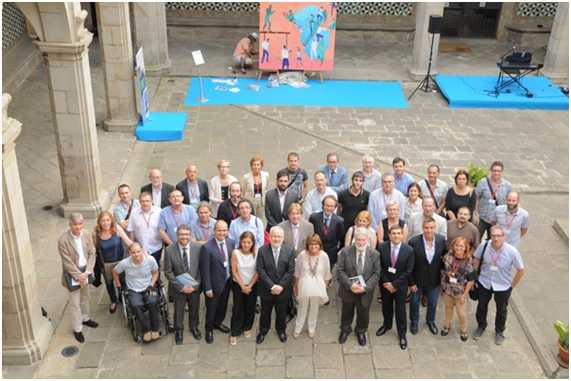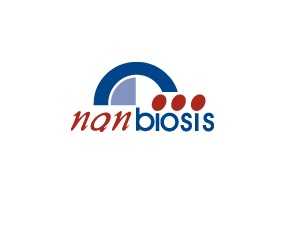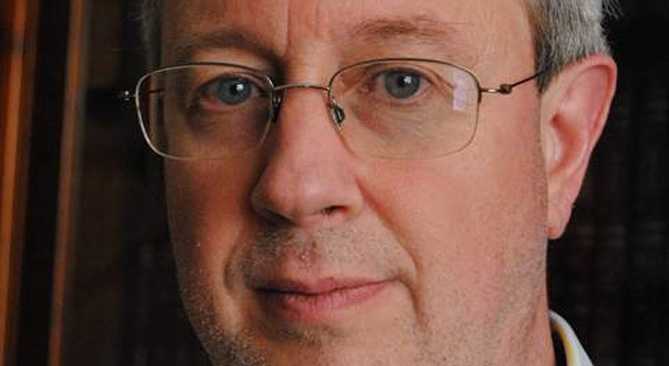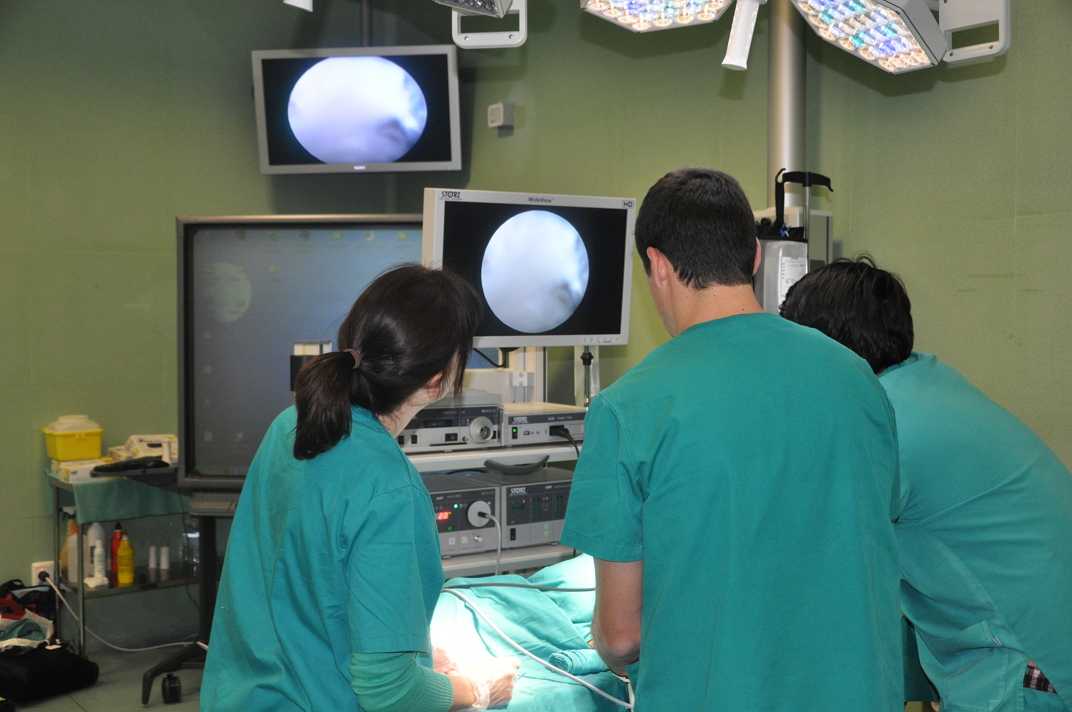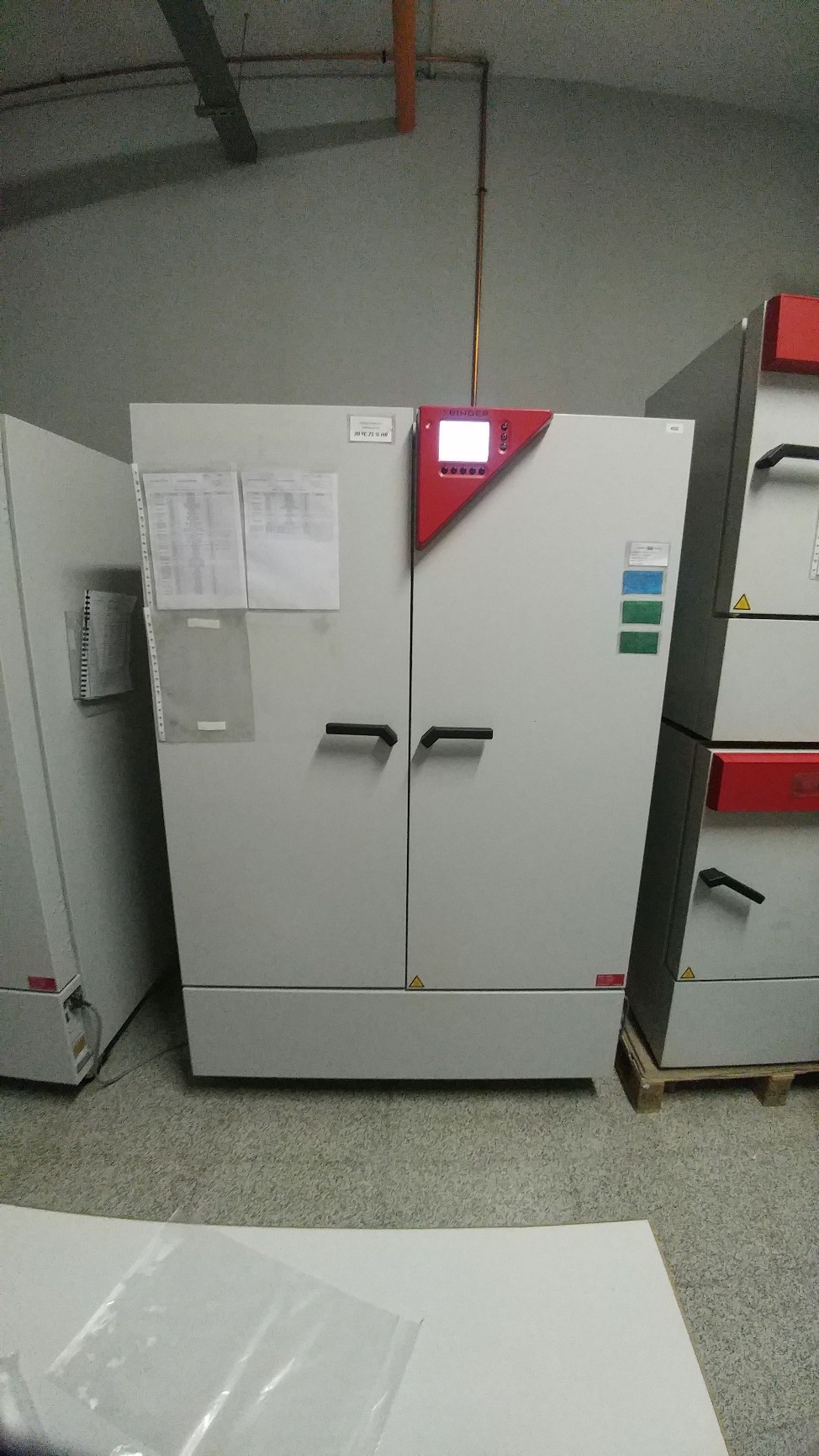Symposium on rare diseases June 9th 2015 – Nanofabry project
On June 9th 2015,16th Symposium on rare diseases was held at the Institute of Catalan Studies, in which the results of 20 research projects funded by TV3 Marathon Foundation in its edition of 2009 were presented.
At the end of the ceremony, Dr. Gabriel Capellà, coordinator of the Scientific Advisory Board of the Foundation, mentioned five outstanding results from all developed projects. Among them, he spoke about the nanoconjugate developed by the NANOFABRY project through the collaboration of the CIBER-BBN groups headed by Dr. Simó Schwartz (VHIR), Prof Jaume Veciana and Dr. Nora Ventosa (Nanomol, CSIC), Dr. Miriam Royo (PCB-UB), and Dr. Pepe Corchero (IBB-UAB) for the treatment of the Fabry’srare disease.
This nanoconjugateis based on unilamellar lipid vesicles, or nanoliposomes, carrying the alpha-galactosidase enzyme as part of an enzyme replacement therapy for the Fabry’s disease. Dr.Capellà highlighted the submission and license of a patent protecting this nanoconjugate, recently licensed to the company Biopraxis Research,together with efforts done by the researchers to bring it to a regulatory pre-clinical stage, and the additional funding achieved by means of two new competitive projects, Lipocell and Terarmet, achieved by the same consortium.
